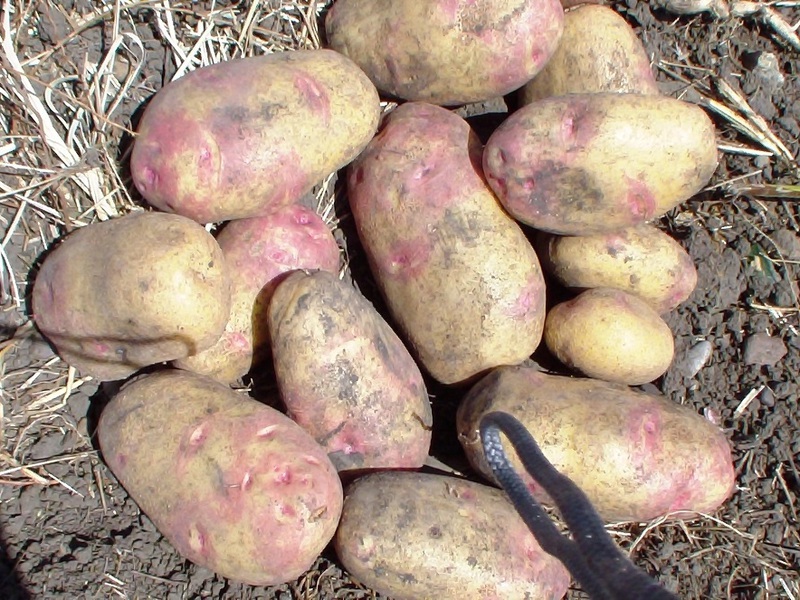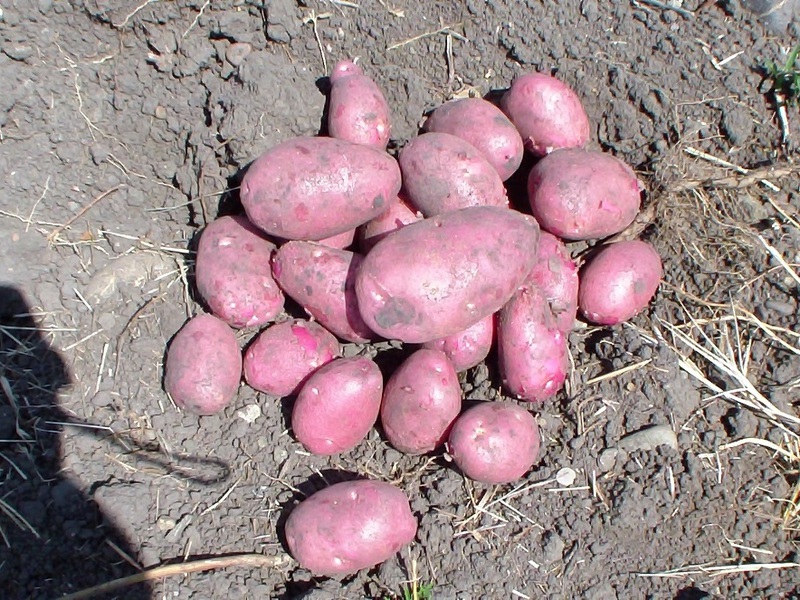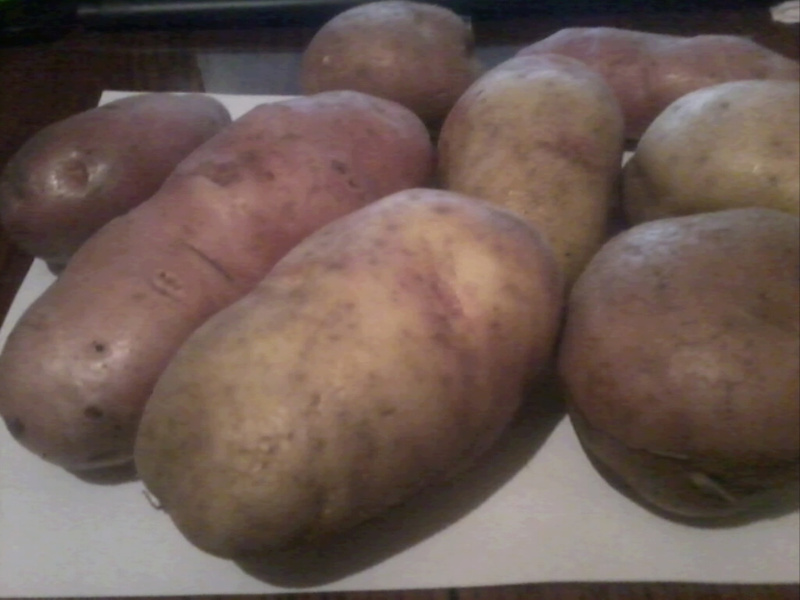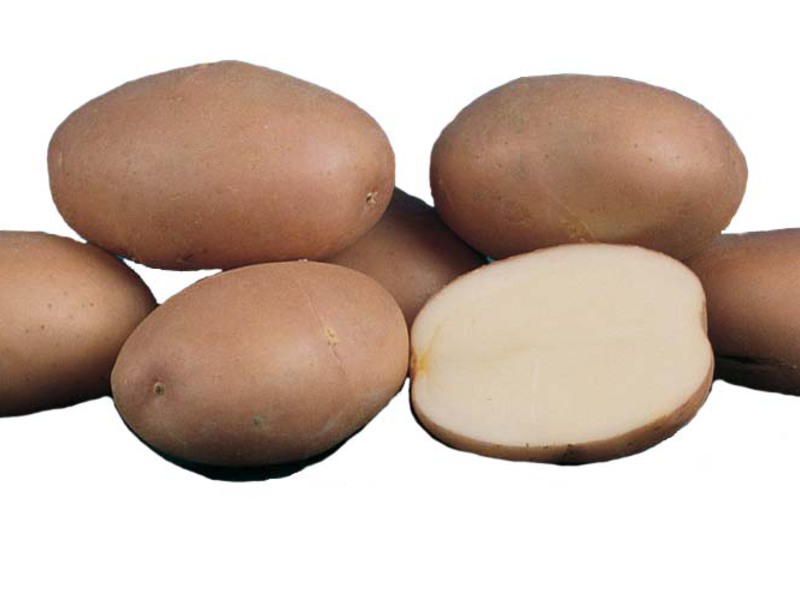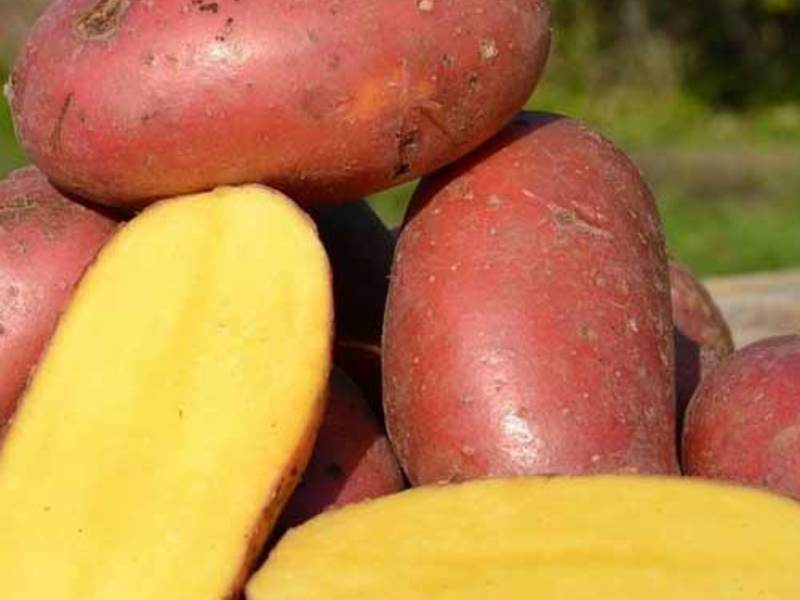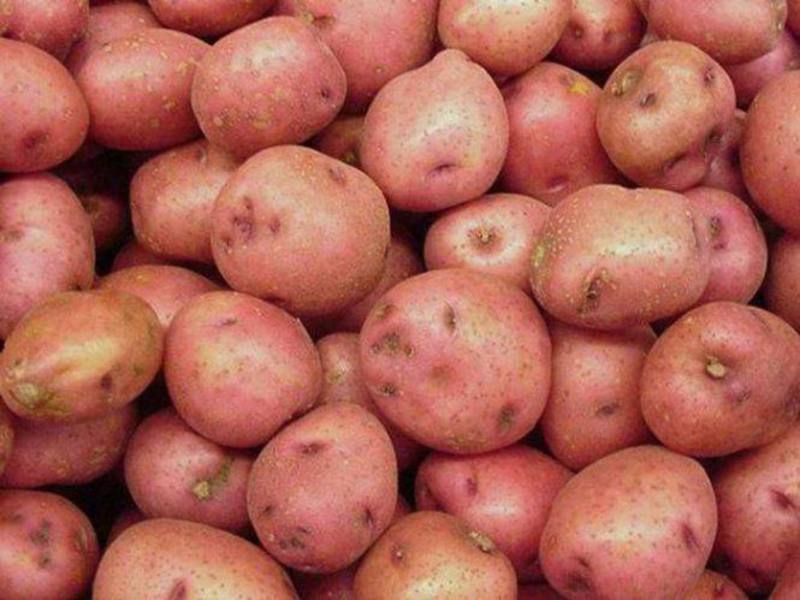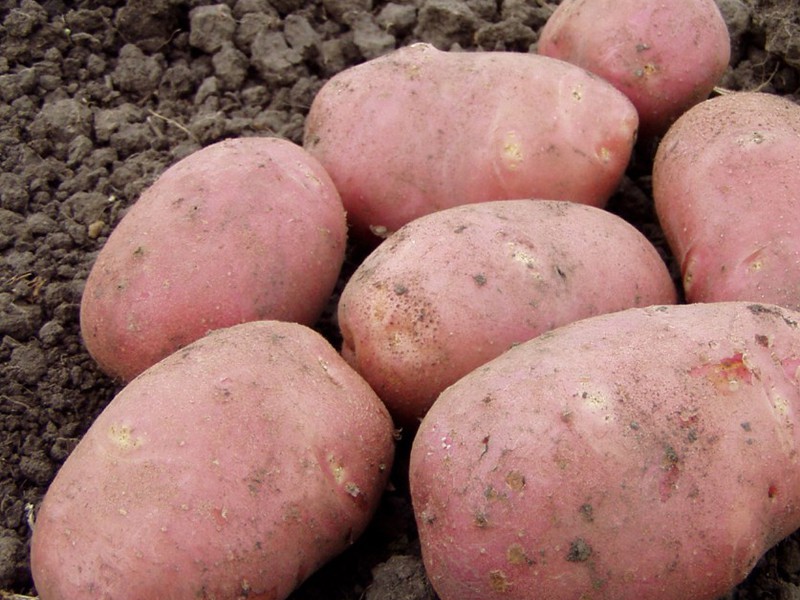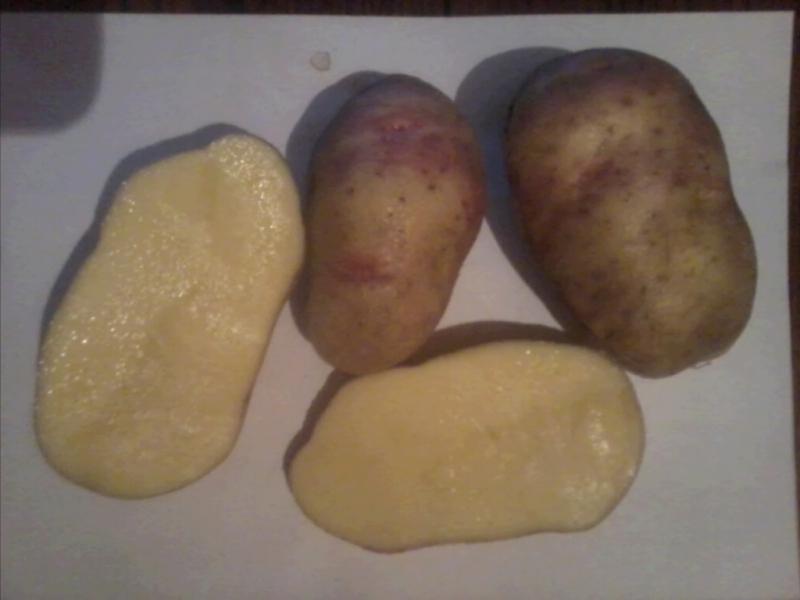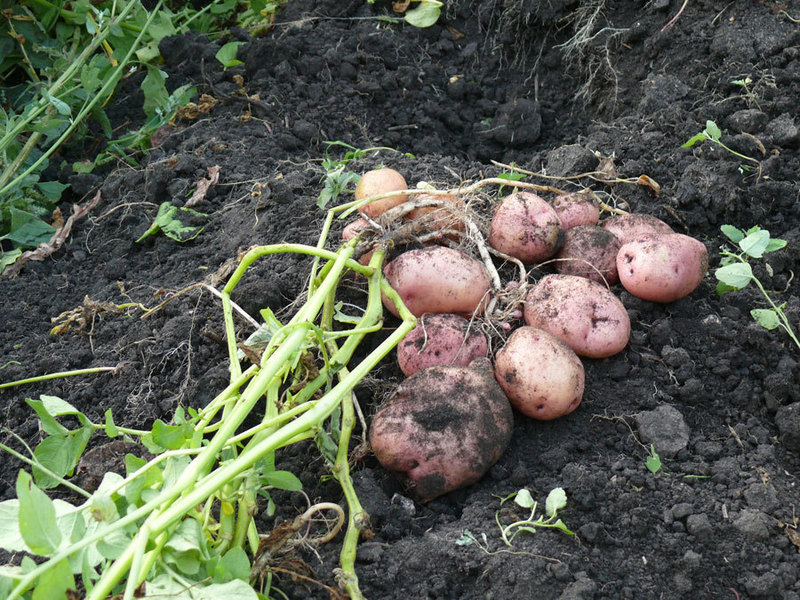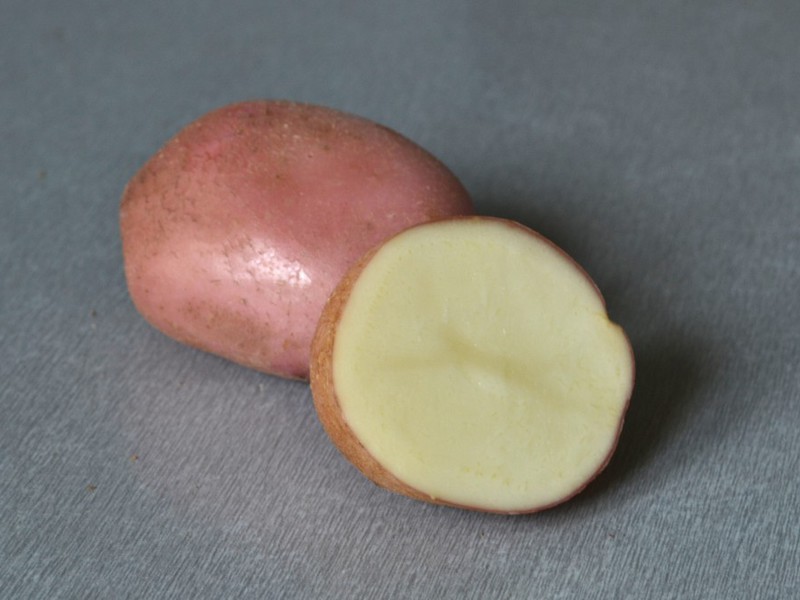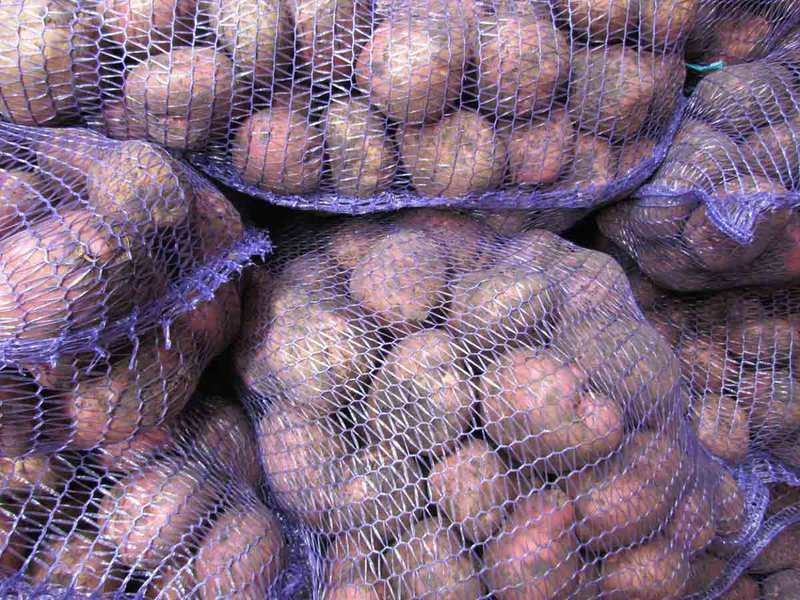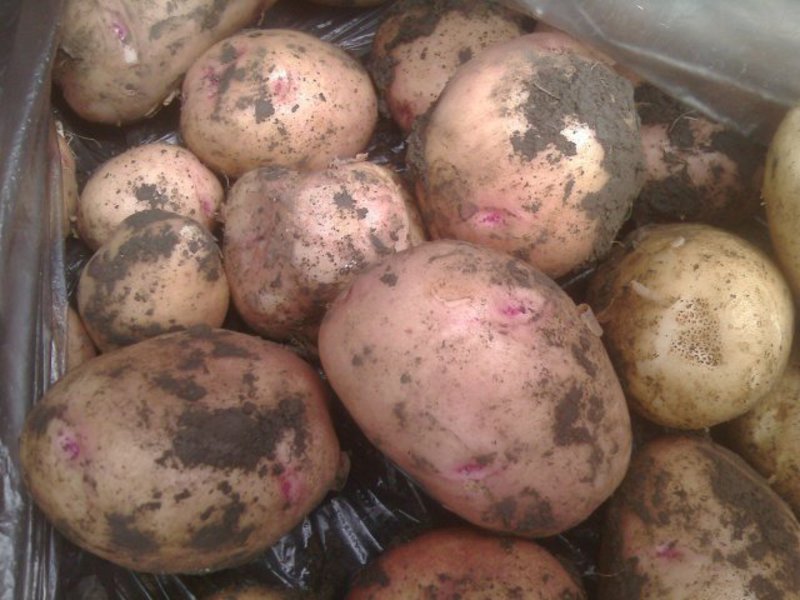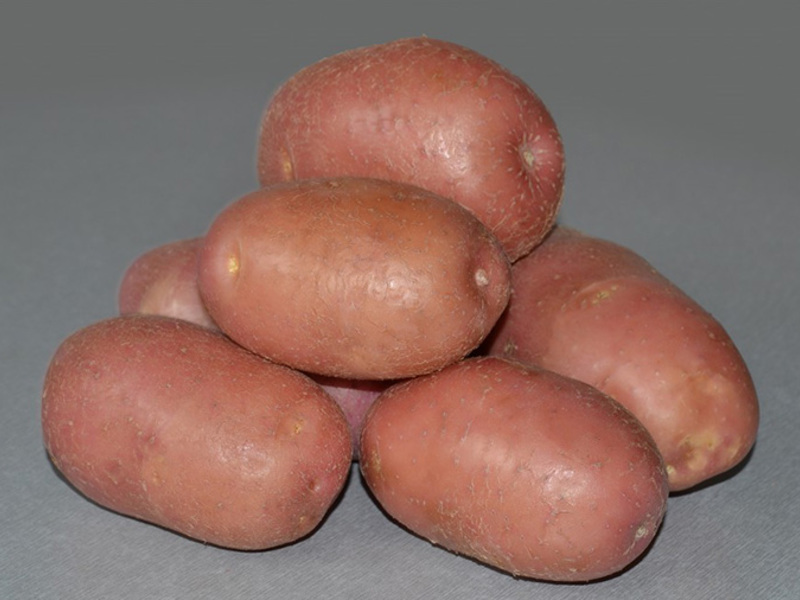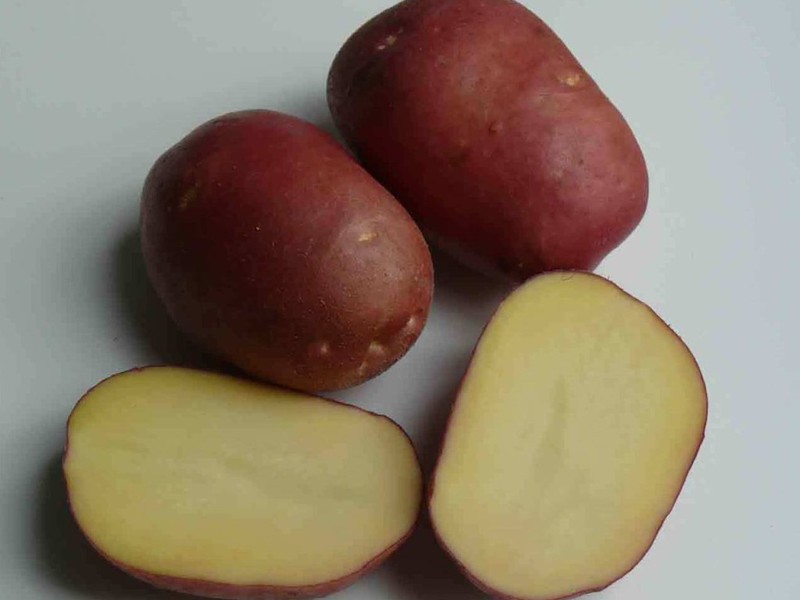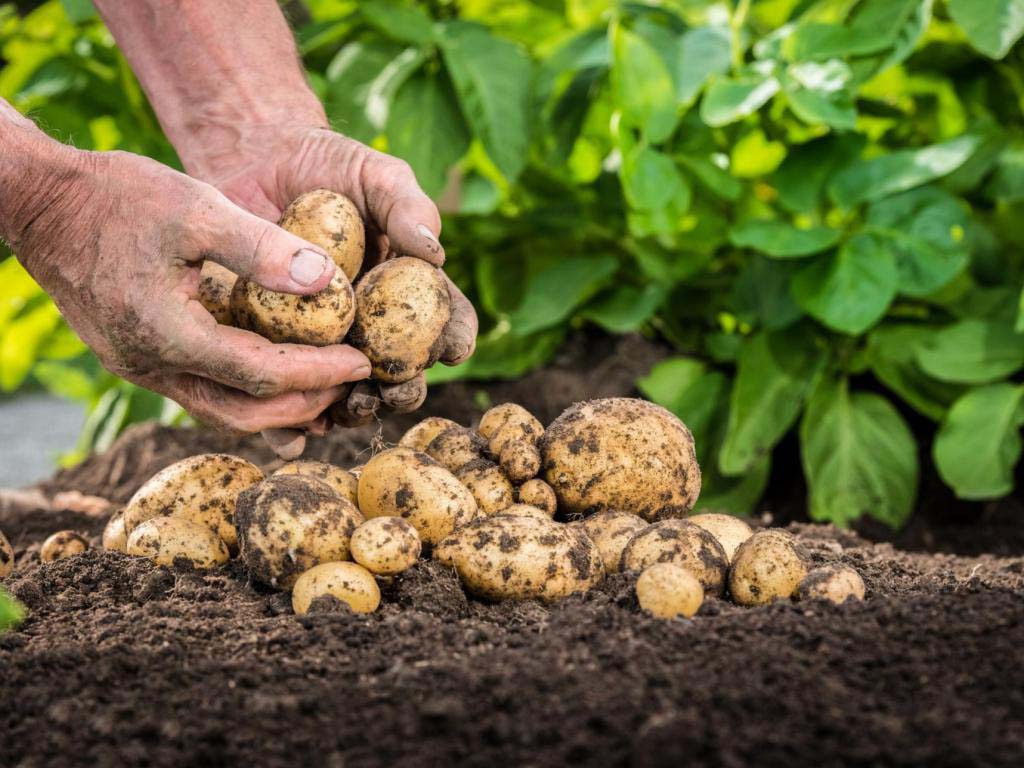It's no secret that such a product as potatoes has been cultivated by mankind for several thousand years. But on the European continent, it appeared only in the 16th century and was brought from South America in 1551 by the Spanish geographer Cieza de Leon on his return from an expedition to Peru.
Potato history
The first mentions of potatoes were recorded 9-7 thousand years ago, and South America is considered the birthplace of the plant. The ancient Indians grew potatoes in the territory of present-day Bolivia, and the product itself was used not only for culinary purposes, but also as an idol, which was worshiped and considered an animated creature.
Historically, a single potato variety was used to determine the time of day. The Inca tribe used the time it took to cook the dish as a yardstick. Ideally, this is exactly 1 hour.
As for the use of potatoes in Europe, the first real fact was recorded in Spain in 1573. In a short period of time, the culture gained great popularity in other countries of the continent. Initially, the plant was considered decorative, but soon poisonous.
The usefulness of potatoes, rich in vitamins and valuable microelements, and excellent nutritional properties have been finally proven. French agronomist Antoine-Auguste Parmante... After the statements of this person, potatoes began to be used in France.
Soon the turn came to Russia. The appearance of the product on the territory of the state is associated with Peter I, who brought a bag of tubers from Holland for cultivation in certain provinces. At first, potatoes were served as a dish only in aristocratic houses. The peasant population treated the plant with extreme caution, considering it a "damn apple".
Currently, potatoes make up a large part of the diet of all inhabitants of the planet and play a huge role in the economy of many countries.
Potato composition
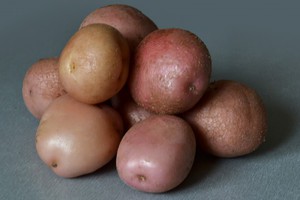 Potatoes contain a large amount of amino acids and trace elementsthat are found in other plants. The daily norm of boiled potatoes (about 300 grams per day) allows the body to provide all the necessary carbohydrates, potassium and phosphorus. Only 100 grams of a young product can saturate the body with 20 mg of vitamin C. But with long-term storage, the volume of this vitamin decreases significantly. Therefore, by spring, only 1/3 of the previous vitamin C content may remain in tubers.
Potatoes contain a large amount of amino acids and trace elementsthat are found in other plants. The daily norm of boiled potatoes (about 300 grams per day) allows the body to provide all the necessary carbohydrates, potassium and phosphorus. Only 100 grams of a young product can saturate the body with 20 mg of vitamin C. But with long-term storage, the volume of this vitamin decreases significantly. Therefore, by spring, only 1/3 of the previous vitamin C content may remain in tubers.
Potatoes are considered an excellent source of minerals, which are potassium and phosphorus salts. It also contains a lot of sodium, calcium, iron and chlorine.
Potato application
Different varieties of potatoes have found wide application in various spheres of human life. Tubers are used in cooking, medicine and even cosmetology.
Growing potatoes
Nowadays, almost all gardeners are engaged in growing potatoes, and for this it is not necessary to have separate skills or adaptations. Potatoes are not known for being particularly picky about regional or climatic conditions. It freely takes root in any region and in any soil, and does not require intensive care.But before you start growing on your own, you need to familiarize yourself with the photos and descriptions of individual varieties, as well as consult with an experienced agronomist. The fact is that each variety of potatoes has its own characteristicsthat should be considered when landing. If you pick up a good variety and still know how to care for it, a big harvest will not keep you waiting.
Romano variety. Description
Dutch potato varieties have always been very popular. This is not surprising. This is because they tend to bring a big harvest and take root in various conditions. And a potato variety like Romano, descriptions and photos of which can be found freely on the Internet, is one of the most common and popular varieties of a cultivated plant.
The first descriptions and photos of this variety in the State Register of Breeding Achievements of the Russian Federation appeared in 1994.
Characteristics of the Romano variety
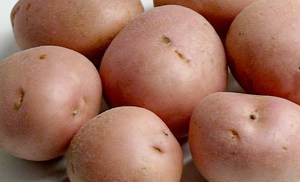 Romano variety belongs to mid-early canteens... Potatoes grow in 80-90 days and have tubers. The variety is distinguished by its attractive appearance, smooth structure and light pink color.
Romano variety belongs to mid-early canteens... Potatoes grow in 80-90 days and have tubers. The variety is distinguished by its attractive appearance, smooth structure and light pink color.
The stem of the plant is erect and its height varies between medium and tall varieties.
The gardener can harvest up to 700-800 grams of Romano from each bush. Each potato is capable of reaching large sizes, and in one bush there are up to 8-9 pieces. The taste qualities of the Romano variety remain simply incredible, which is not surprising. The whole secret lies in the fact that this variety contains a large amount of starch. But not only the taste of the product depends on this, but also its nutritional properties.
Mashed potatoes of this variety are different special softness and tenderness... The product does not boil over, and the mashed potatoes are cooked without lumps.
But besides mashed potatoes, this product can be used to create other culinary masterpieces. For example, Romano is great for baking in the oven or making fries and chips. The only thing that can create a number of difficulties for the cook is the incredibly rough and thick peel of the product. True, a well-sharpened kitchen knife quickly solves this problem. Nevertheless, due to the strong shell, which serves as the peel, Romano perfectly tolerates transportation and can lie in one place for a long time.
It should be noted that small tubers of the Romano variety are a real rarity. A significant portion of potatoes reaches large sizes.
The yield of this plant always remains very high, and it practically does not depend on the geographical or climatic characteristics of the region where the cultivation takes place. The variety is not prone to germination and any soil can be used for planting.
How to increase the productive varieties of Romano
Experienced agronomists have a number of tricks they can use to increase Romano's yield. To begin with, you should choose high-quality varietal material. Then follows provide the following conditions:
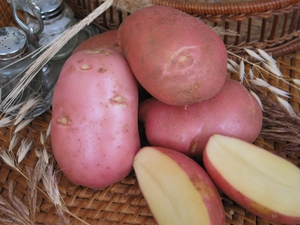 ideal temperature indicators. At the time of planting, the soil temperature should be 15-20 degrees Celsius;
ideal temperature indicators. At the time of planting, the soil temperature should be 15-20 degrees Celsius;- If you plan to cut tubers, then you need to do this just before planting, having previously processed the knife with a solution of potassium permanganate;
- the tops must be mowed one week before digging out the crop, because this will strengthen the skin.
The plant is distinguished by excellent resistance to pests and diseases. The following advantages of the Romano variety:
- excellent resistance to late blight;
- good resistance to scab and viral diseases;
- resistance to the Colorado potato beetle;
Romano is really one of the most popular and prolific varieties of a well-known culture to all, which is widely used not only in European, but also in the domestic agricultural sphere.
